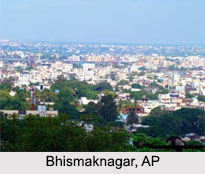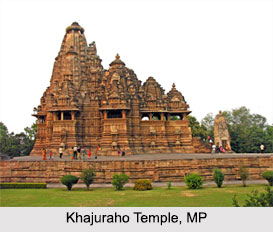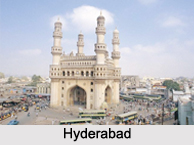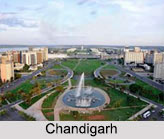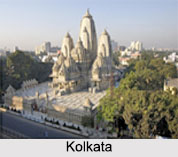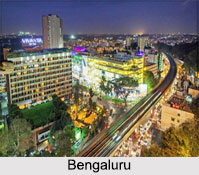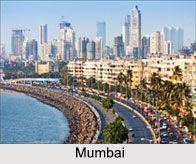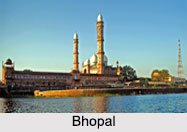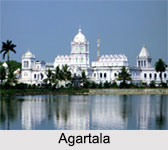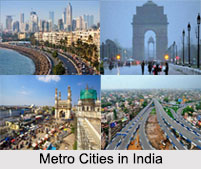Vadakkanandal is located in Viluppuram district in the Indian state of Tamil Nadu. It is a panchayat town with several tourist spot to visit. The main source of income for the residents of the town is agriculture. The land is irrigated by the Gomuki River. The Gomuki cooperative sugar factory is established here. Thus, sugar is one of the main cash crops grown here. The factory inaugurated by the then chief minister M. Karunanidhi in 1997 provides employment to many inhabitants of the village. Presently, Vadakanandal is one of the fast developing towns of southern India.
Educational Institutions of Vadakkanandal
Vadakkanandal has established several schools for imparting education among the children living in the town. Some of important schools here are Asad Middle School, Govt Boys Higher secondary School, Milton Matriculation School, Mailavan Primary School, Vivekanandha Higher Secondary School, Govt Girls Higher Secondary School and Bharathi Matric Higher Secondary school.
Tourist Places in Vadakkanandal
Vadakkanandal has several tourist spots worth visiting. The Gomuki dam located at a distance of 3 Kms from Kachirayapalayam serves as a significant tourist spot here. The enchanting Kalrayan Hills, 5 km from Kachirayapalayam accelerates the beauty of the town. The undulating splendour of the town is further enhanced by the presence of the Periyar Falls at a distance of 15 km from Kachirayapalayam and Megam Falls situated about 20 km from Kachirayapalayam. The thunderous sound of the water cascading down enthrals the heart of the visitors and captures their attention. A boat house has also been built about 3 km from the Periyar Falls. Besides this there are some other places also to visit in Vadakananadhal, namely, Kamaraj Salai, Kachirayapalayam, Mettupalayam and Akkarayapalayam.
This article is a stub. You can enrich by adding more information to it. Send your Write Up to content@indianetzone.com
